Running the North Pole Marathon – 6 Things You Need to Know
Running a marathon at the Magnetic North Pole may sound like a crazy story, but with a little planning and a lot of saving it’s possible for most people to pull it off. Personally, I don’t come from a running background. I had never run a marathon before, nor a half-marathon, nor a 10km or 5km for that matter, and I managed it. So whilst it is of course difficult, the North Pole marathon is eminently possible. You can read my personal experiencing running the North Pole Marathon here. One of the hardest marathons in the world (but not the hardest, or the most epic, that’s the Eye of the Sahara Ultra Marathon every December, you should do it!)
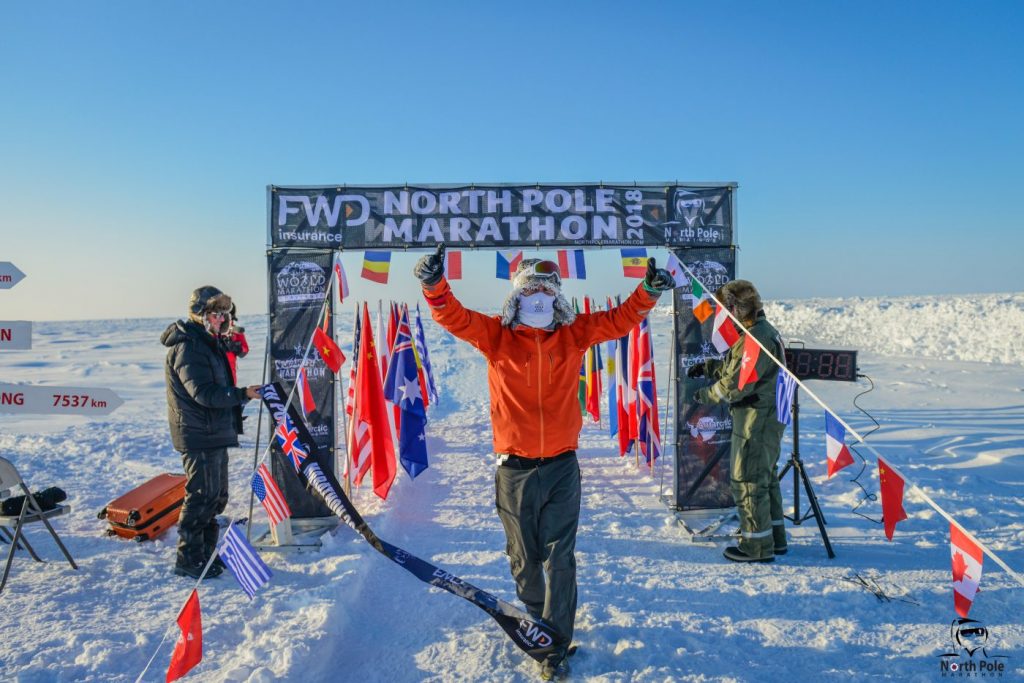
When you sign up to the North Pole marathon, the website and instructions and blogs that you read can all get a little confusing. I was lost. Let me clear up a few things you should bear in mind when you’re getting ready to run a marathon in extreme cold conditions like this.
1) Getting to the North Pole
When you’re dealing with the Arctic or Antarctic, and even more so with the North/South Pole, weather can change by the hour. And while the organisers will warn you that plans can change and be prepared for delays, don’t assume that you’ll be ok. There’s every chance it’ll be you. It certainly messed up my plans.
For me, the whole starting plan was delayed by 12 days. Because I was already en route to Svalbard, that meant I was stuck on one of the most remote, expensive islands in the world for almost 2 weeks. Then when the run-way at the north pole cracked in two due to ice and water movements, I was stuck at the actual North Pole for another 2 or 3 days meaning I missed 2 sets of onward flights. 8 in total. Ouch.
I never have travel insurance, never have flexible tickets for all my travels. I assumed this would be fine here too. It wasn’t. BUY QUALITY TRAVEL INSURANCE, AND PAY THE EXTRA FOR FLEXIBLE TICKETS WITH FREE DATE CHANGES. Even if the ticket cost is an extra 30-40%, that’s a lot cheaper than booking new tickets, and then booking them again! Trust me!
In terms of logistics then, the North Pole marathon leaves from Svalbard. It’s up to you to get there yourself a day or so before the briefing. Buy a return (FLEXI!) ticket to Oslo, Norway. Then buy a return (FLEXI!) ticket from Oslo to the Arctic island of Svalbard. There are flights pretty much every day and although they can sell out if you book last minute, the flight prices are pretty reasonable. Maybe around $400 or so for a return, sometimes even less.
Accommodation at the North Pole is included, so you’re tent there is sorted. Hotels, guest-houses, airbnbs in Svalbard sell-out fast around Marathon season, and the prices go through the roof (I mean upwards of $400 for a 2 or 3* hotel). So once you’re signed up, book your accommodation for before the Marathon, and after the marathon immediately, with free cancellation. If possible book nights during your time in the North Pole too, just in-case. Lots of people did this on my trip and were rewarded with their planning. Me? Not so much. I planned nothing as usual ended up on a mattress in a pool room with 12 other people. Don’t be me.
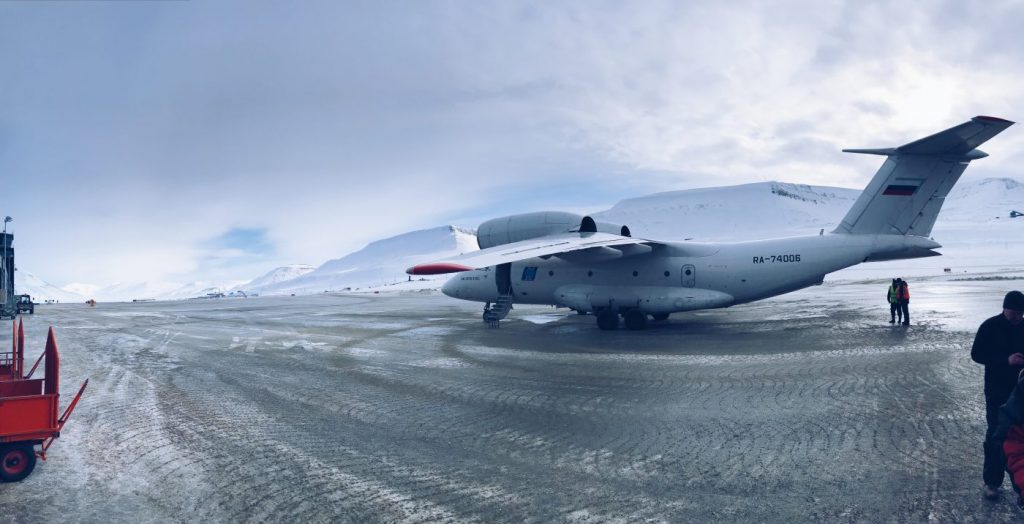
2) Gear for the North Pole Marathon:
It ranges between -20 to -40 celsius (0 to -40 farenheit) when you’re running the North Pole marathon. Also, you’ll be at the North Pole walking around before/after the marathon too, not only during the time you’re running so you need proper gear. I had nothing until a week before because I’m an idiot. I ended up borrowing my friend’s skiing stuff, and buying new thermals and sneakers the day or 2 before I left. Not ideal. With experience now, this is the right stuff:
Running gear:
Footwear – From my experience, the footwear you need for the actual race should be waterproof, Gore-Tex trail running shoes. I used North Face ones and they were great, most people used Salomon waterproof Gore-Tex trail runners which were great too. Expect to pay a minimum of $100 for these, mine were about $220.
Thermals – I used North Face thermals for my torso and legs. They were ideal. I had a merino wool thermal layer too but it was too hot, the figure-hugging UnderArmour/North Face stuff is best for running. It needs to be super tight, you don’t want it rubbing on you.
Outer layer – I used ski pants for my legs and they were completely fine. For my top I had a thick Canada Goose jacket. Not a stylish Parka style jacket, an active jacket. I had a Berghaus hoody for underneath but after a lap or so I ditched it and went for just the thermals and jacket.
Head/Face/Gloves – You need a snood style scarf. You wear it around your neck and can pull it up to cover your face and nose.
The face cover is brilliant too, I bought it in Svalbard at the ‘supermarket’, it’s the kind that you wear on a motorbike or snow mobile. I choose the one that only covers my nose, not the whole head and it was perfect.
A warm hat. Something with ear covers too, I used a deerstalker style hat, a cheap crappy thing from China and it was fine. Ideally buy something a little higher end though.
Gloves – bring normal gloves for a normal winter, then proper North Face style arctic gloves, then wear both for the run.
Finally, goggles. Bring ski goggles, use them for a lap or 2 and if they’re ok then continue, if not, ditch them and run with the face guard, snood and hat. Personally, going back I wouldn’t use them – they restrict your vision and freeze up. But bring them for confidence-sake anyway.
Other gear: Lots of people brought hand warmers but I didn’t bother and it was fine. If you’re vegetarian, bring the freeze dried veggie packs!
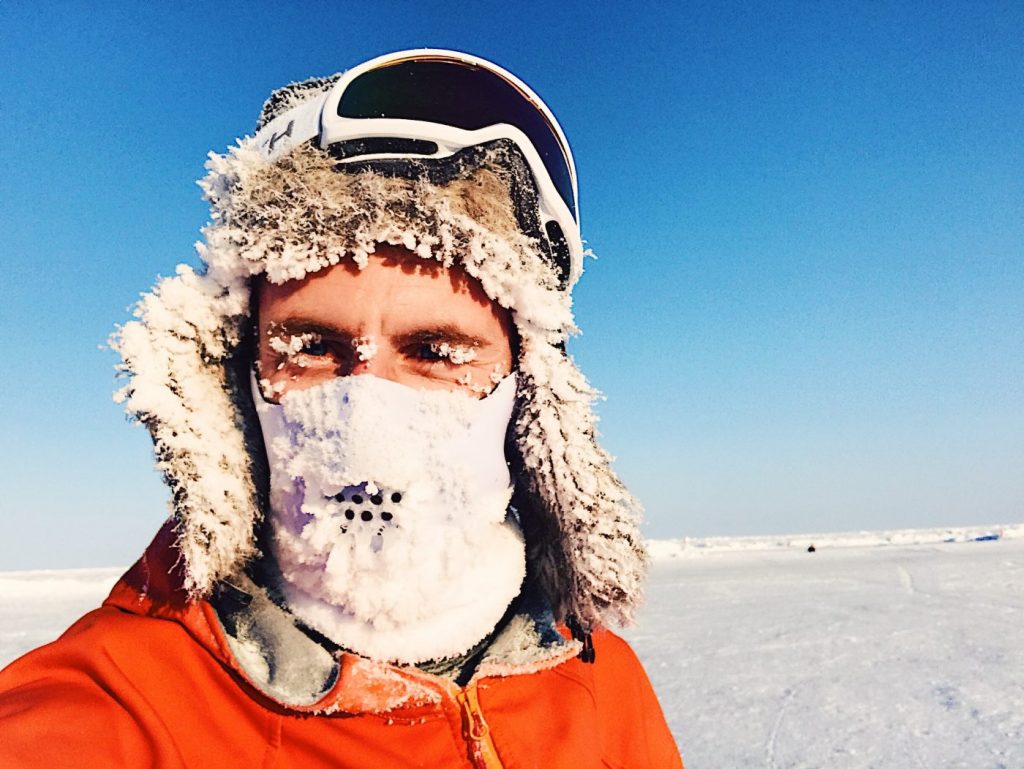
Training for the North Pole Marathon:
In a perfect world you’ll train for 6 months before your marathon. The most basic of all training schemes, one which I tried to follow despite my insane constant travels was this. Monday to Friday do an ‘average’ run. That means perhaps 5km a day in the first month, building up to 10/15km a day in your last month. Then each Saturday do a ‘long run’ where you roughly run twice as much as your daily run. And take Sunday off.
There are endless in depth training schemes online, so knock yourself out. Hill springs, weights, efforts, but for the most basic concept imaginable, if you’re traveling a lot of working long hours, this is a winner, and dragged me to 8th place with just 3months of training.
NOTE: When I train, I train hard. Dead at the end of every session.
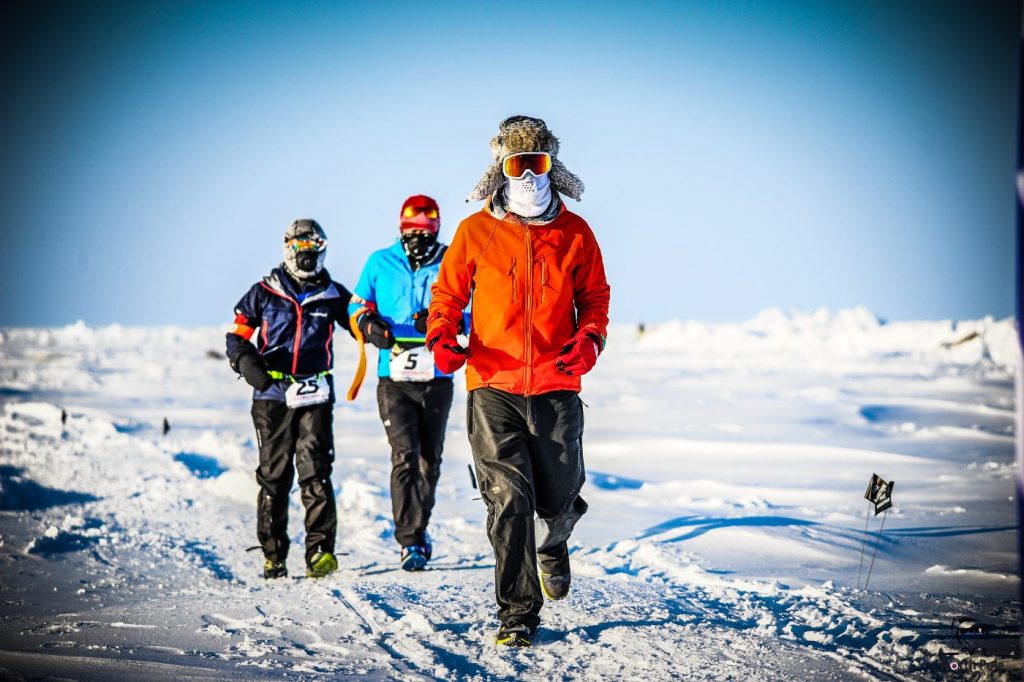
Nutrition for the North Pole:
Food at the North Pole is pretty horrific. Russians run the base, and Russian food in Russia isn’t great, so you can imagine how bad it is at the north pole! Stock up in Svalbard, they have great freeze-dried packages (especially useful if you’re veggie/vegan like me), buy your sweets for energy. As for special energy gels and electrolytes, pain killers etc you’ll need to bring those from your home country, nothing available at the North Pole and very little available in Svalbard.
In the Russian dining tent, then have 3 included meals each day – brekky, lunch and dinner. All very basic but if you need calories, they’re there for you.
Oh and bring a bottle of whiskey, your tent mates will love you for it afterwards. You can buy beers and hard booze in the dining tent but it’s a lot, lot more expensive than normal. Understandly so, they have to get it to the North Pole afterall!
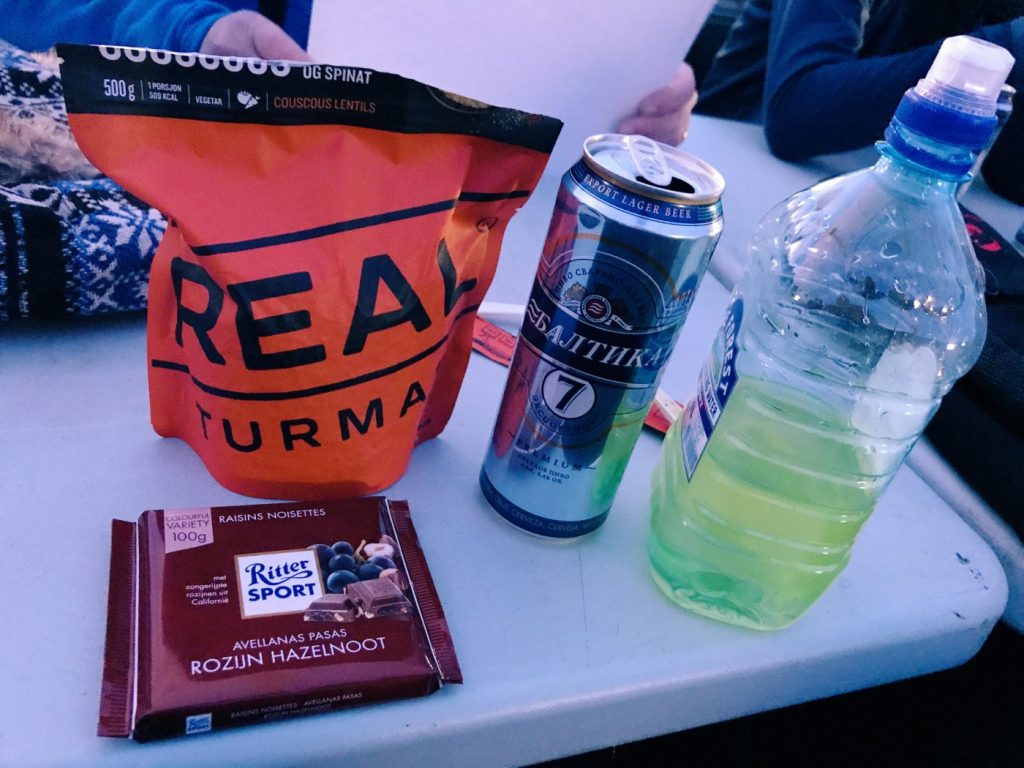
North Pole Marathon Race Plan:
The North Pole Marathon is normally 10 laps of 4.2km each. Sometimes if the track is dodgy they have to do 8/9 laps instead of slightly longer but expect 10 laps.
The winner normally runs around 4 hours, and last place normally around 12-14 hours. If you want to finish top 10, aim for around 6 hours.
The winner therefore is running 10.5km per hour, Top 10 is about 7kmph and last place around 3-4kmph.
The starting block is beside the re-fuel tent, and at the end of each lap you have the choice to enter the refuel tent, take your painkillers/energy gels and unlimited free water (there’s a doctor there too if you’re struggling). I choose to stop a the end of Laps 5 and 8. It’s hard to leave the tent once you’re in due to the lovely warmness, so don’t stop too long if you want a good time!
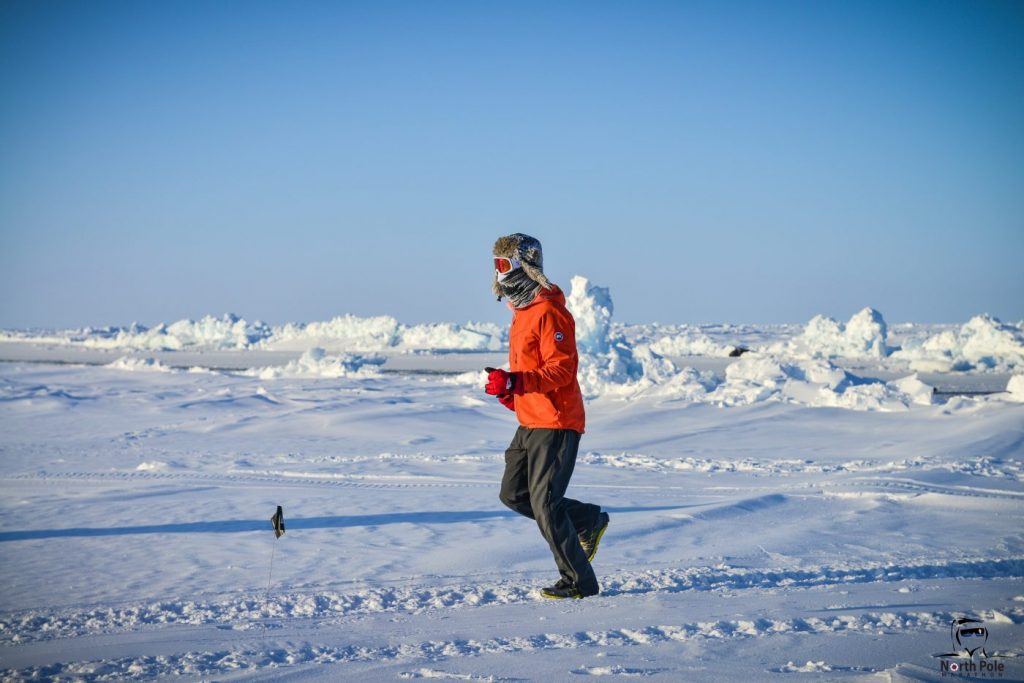
Sleeping arrangements at the North Pole:
Large tents, with simple camp beds and sleeping bags (no pillows) with 10-12 people in each tent. The tent is warm enough to sit around in t-shirts if your heater works ok. Guys and girls bunk together, and you’re not assigned a tent. First-come-first-served, so if you find some cool people during the trip there, at the briefing etc, then arrange to grab a tent with them. Positive vibes and laughs go a long way.
Toilet – there are 2 outdoor toilets that aren’t the greatest. The guys have 2 pee-stations but if you need something a little stronger, you’re sitting on a toilet where the remains fall into a hole, on top of everyone else’s business. It stinks, but that’s all you have. Get used to it. For the guys, at least we don’t have to pee there too, sorry girls!
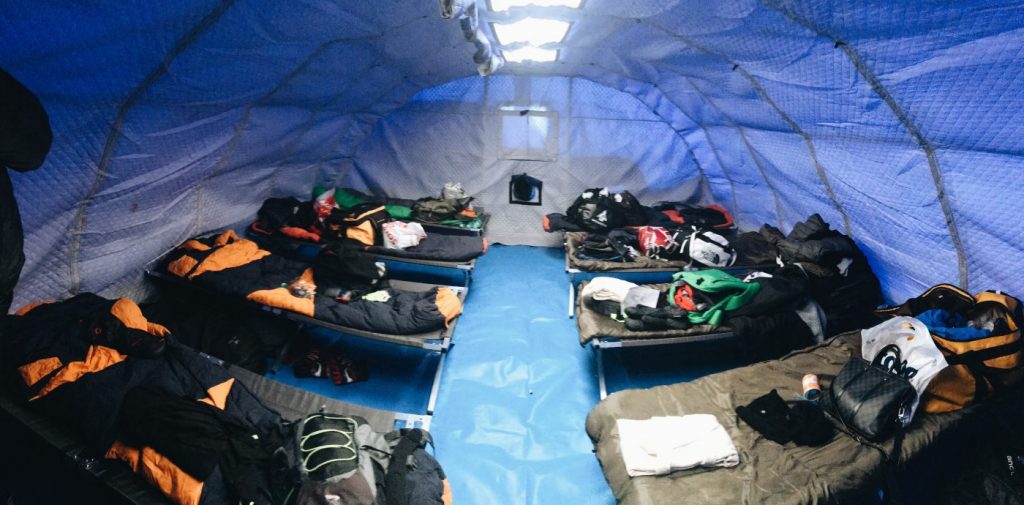
That’s most things covered in basic terms, if you have any questions – follow me on Instagram.com/onestep4ward and send me a message there and I’ll get back to you. Good luck!
Remember, never travel without travel insurance! And never overpay for travel insurance!
I use HeyMondo. You get INSTANT quotes. Super cheap, they actually pay out, AND they cover almost everywhere, where most insurance companies don't (even places like Central African Republic etc!). You can sign-up here. PS You even get 5% off if you use MY LINK! You can even sign up if you're already overseas and traveling, pretty cool.
Also, if you want to start a blog...I CAN HELP YOU!
Also, if you want to start a blog, and start to change your life, I'd love to help you! Email me on johnny@onestep4ward.com. In the meantime, check out my super easy blog post on how to start a travel blog in under 30 minutes, here! And if you just want to get cracking, use BlueHost at a discount, through me.
Also, (if you're like me, and awful with tech-stuff) email me and my team can get a blog up and running for you, designed and everything, for $699 - email johnny@onestep4ward.com to get started.
Do you work remotely? Are you a digital nomad/blogger etc? You need to be insured too.
I use SafetyWing for my digital nomad insurance. It covers me while I live overseas. It's just $10 a week, and it's amazing! No upfront fees, you just pay week by week, and you can sign up just for a week if you want, then switch it off and on whenever. You can read my review here, and you can sign-up here!





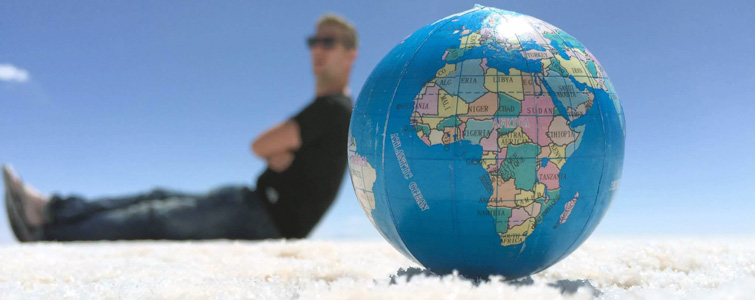

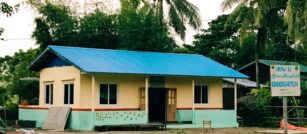
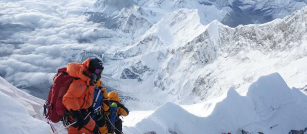
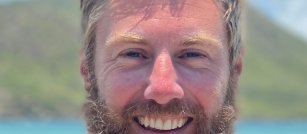


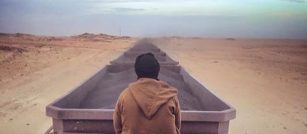
 As you know, blogging changed my life. I left Ireland broke, with no plan, with just a one-way ticket to Thailand
and no money. Since then, I started a blog, then a digital media company, I've made
more than $1,500,000 USD, bought 4 properties and visited (almost) every country in the world. And I did it all from my laptop as I
travel the world and live my dream. I talk about how I did it, and how you can do it too, in my COMPLETELY FREE
Ebook, all 20,000
words or so. Just finish the process by putting in your email below and I'll mail it right out to you immediately. No spam ever too, I promise!
As you know, blogging changed my life. I left Ireland broke, with no plan, with just a one-way ticket to Thailand
and no money. Since then, I started a blog, then a digital media company, I've made
more than $1,500,000 USD, bought 4 properties and visited (almost) every country in the world. And I did it all from my laptop as I
travel the world and live my dream. I talk about how I did it, and how you can do it too, in my COMPLETELY FREE
Ebook, all 20,000
words or so. Just finish the process by putting in your email below and I'll mail it right out to you immediately. No spam ever too, I promise!
